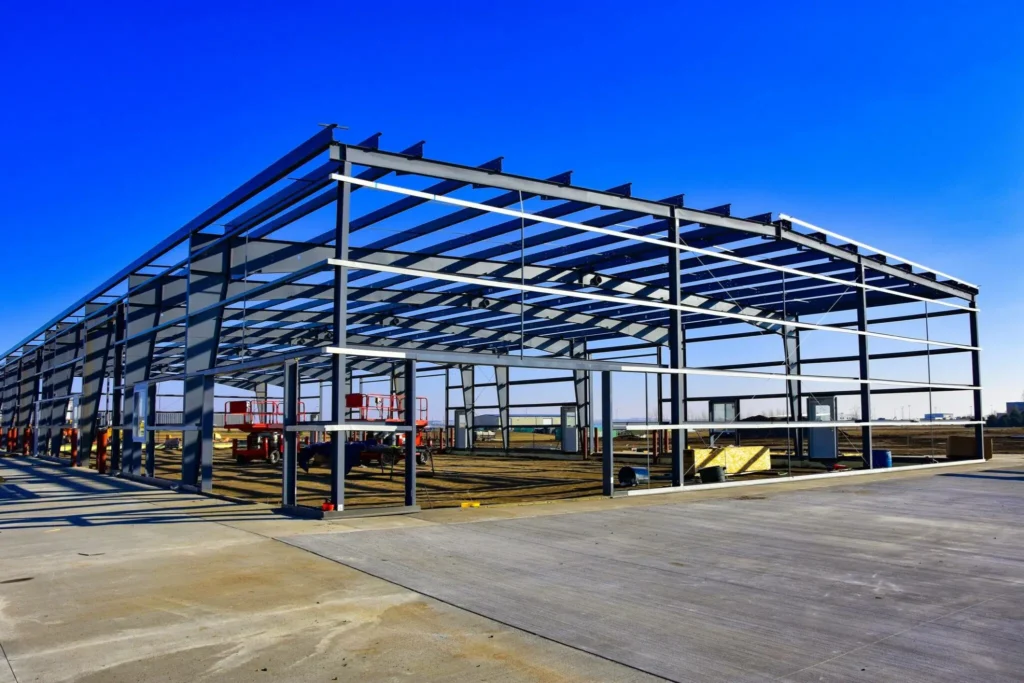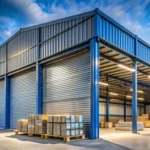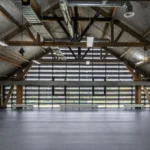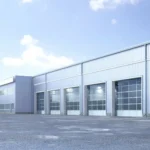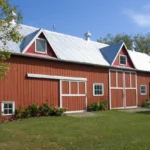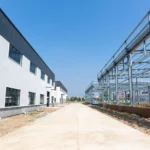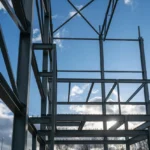7 Advantages of Prefabricated Metal Buildings:
- Rapid Construction:
Prefabricated metal buildings are renowned for their rapid construction. Unlike traditional construction methods that can take months or even years, these buildings can be erected in a fraction of the time. The off-site manufacturing of components and their precise assembly on-site minimize labor costs and project delays. This is because the components of the building are manufactured off-site and then delivered to the construction site, ready to be assembled. This not only saves time but also reduces labor costs and minimizes disruptions to the surrounding area. - Cost Savings:
Prefabricated metal buildings offer significant cost savings. The use of pre-engineered components, efficient manufacturing processes, and durable metal materials result in reduced labor expenses and material waste. This makes them a cost-effective choice for various applications, including commercial, industrial, and agricultural buildings. The streamlined design and standardized manufacturing process of prefabricated metal buildings also helps eliminate waste and reduce material costs. - Durability and Strength:
Prefabricated metal buildings are built to withstand extreme weather conditions, including strong winds, heavy snow loads, and seismic events. High-quality steel and advanced engineering techniques ensure their long-lasting strength and structural integrity. These buildings often require minimal maintenance and can last for decades without major repairs. The precise engineering of steel components that are used in prefabricated metal buildings ensure that they are built to the highest standards of quality and durability, and resistant to wear and tear. Whether used for commercial, industrial, or residential purposes, prefabricated metal buildings offer unparalleled durability and strength that traditional construction methods simply cannot match. - Energy Efficiency:
These buildings are designed with energy-saving features such as high-quality insulation materials that provide excellent thermal performance. This minimizes heat loss during winters and heat gain during summers, leading to reduced energy consumption and lower utility bills. Customization options, including energy-efficient windows, doors, and advanced HVAC systems, contribute to optimal temperature control. By choosing a prefabricated metal building, you can not only save money on energy costs but also contribute to a greener and more sustainable future. - Versatility and Customization:
Prefabricated metal buildings are incredibly versatile and can be easily modified to suit specific needs. From small storage sheds to large commercial warehouses to public sector infrastructure, they can be tailored to accommodate various sizes and layouts. The wide range of customization options, including colors, finishes, and architectural details, allows for a unique and personalized space that matches specific aesthetic and functional requirements. Whether you need a workshop, a retail space, or a manufacturing facility, prefabricated metal buildings offer the flexibility and versatility to meet your needs. - Environmental Benefits:
These buildings offer a range of environmental benefits. Their efficient design minimizes waste during construction, and materials used are often recycled or recyclable, reducing the demand for new resources. Additionally, these buildings are energy-efficient, with superior insulation and reflective roofing that minimize heat loss or gain. This not only reduces energy consumption but also lowers the carbon footprint of the building. Prefabricated metal buildings are a smart choice for those who prioritize sustainability and want to minimize their impact on the environment. - Low Maintenance:
One of the most significant pros of prefab steel structures is the low maintenance requirements. Unlike traditional buildings that often need regular painting, repairs, and extensive upkeep, prefabricated metal buildings are designed to be durable and long-lasting with minimal maintenance. The use of high-quality materials, such as steel, ensures resistance to rust, corrosion, and other damage. The streamlined design and construction process lead to fewer potential maintenance issues, making them a cost-effective and hassle-free option for a wide range of applications.

